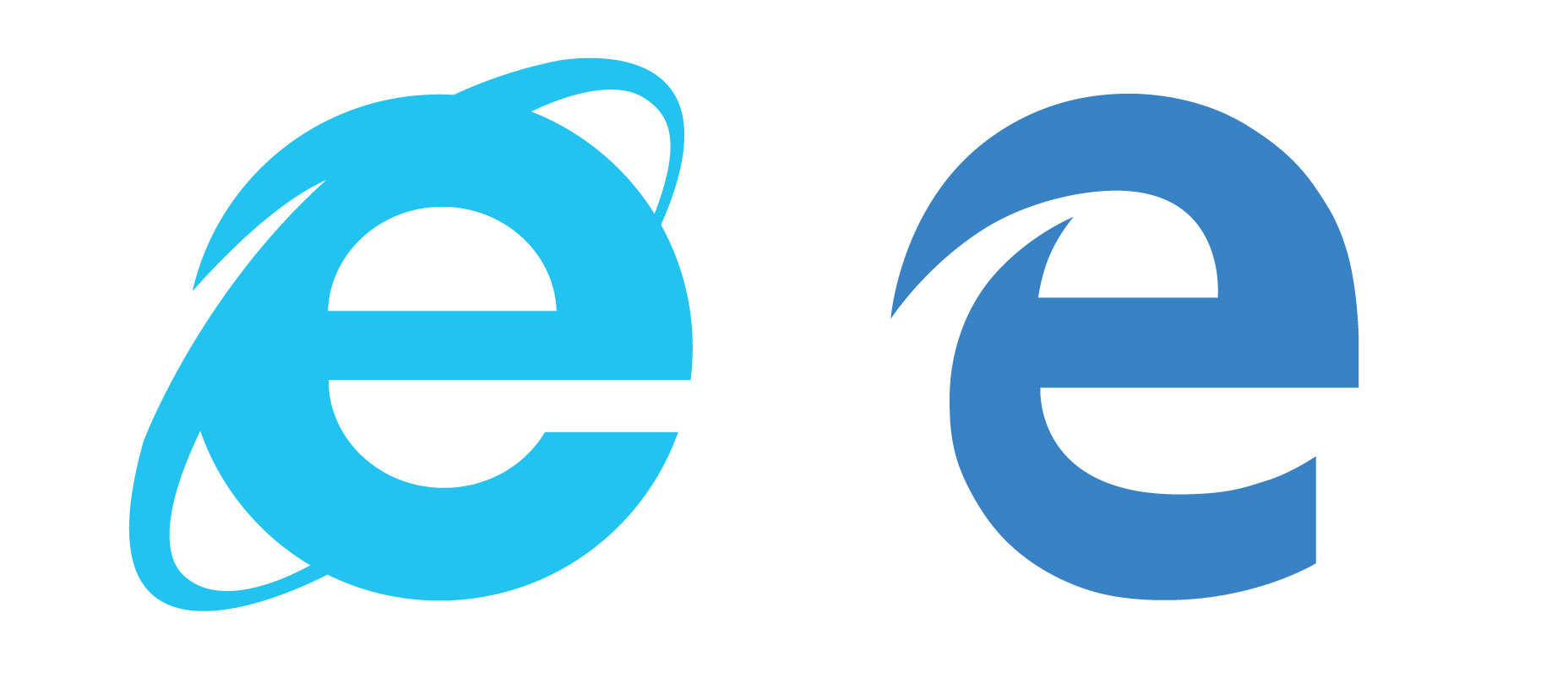Microsoft Edge: so stinkin’ smart
It’s clear to me that the old Microsoft is dead and gone. Since Satya Nadella became CEO in early 2014 he’s been on a mission to make Microsoft matter again to consumers and businesses and they’re getting there by focusing on developers first.
A huge part of Microsoft’s Windows 10 announcement last year was the introduction of their brand new browser, codenamed Project Spartan and just this week we finally got a name for the new browser: Microsoft Edge.

A new era
We’ll talk about the logo in a second, but first the name. I think Edge has a special meaning for web developers. Look at the source of this very blog. One of the very first lines of HTML contains a setting for telling Internet Explorer to use the “edge” or latest version of it’s rendering engine. Edge to me is the latest and greatest in web technologies. While Microsoft is still not the fastest at implementing standards they’ve left most of their proprietary in the past, and actually removed a ton of old code from Microsoft Edge, like their attachEvent alternative to addEventListener in JavaScript.
Microsoft Edge will auto-update, much like Chrome and Firefox, which is extremely important in keeping the browsing experience as secure as possible but also makes web designers and developers rejoice. The time for supporting old browsers is coming to an end because the big software companies are forcing browser updates on end-users. This is good for everybody, even the enterprise, who needs to get over itself (I’m looking at you Oracle).
That logo, though
It’s terrible. But it’s also brilliant. There are so many Windows users out there that think that “e” stands for internet or maybe “enternet”, whatever that is. Keeping the signature “e” ensures that individuals upgrading to Windows 10 still know how to access the web.
The design of the “e” itself is a bit awkward. The eye and finial of the letter are strangely small as they shifted the bowl to the right to make the sort of orbital ring that Internet Explorer has sported since 1997. The logo mark reads better on mobile than the IE logo as they opened up the aperature on the “e”. This is an important enhancement as Microsoft Edge’s compatibility with the mobile web is a cornerstone of Microsoft’s strategic vision for “Universal” or fluid applications powered by what they refer to as Continuum.
I’m incredibly excited for the future of Microsoft and the capabilities they’re enabling for consumers, the enterprise and most importantly: developers like me.